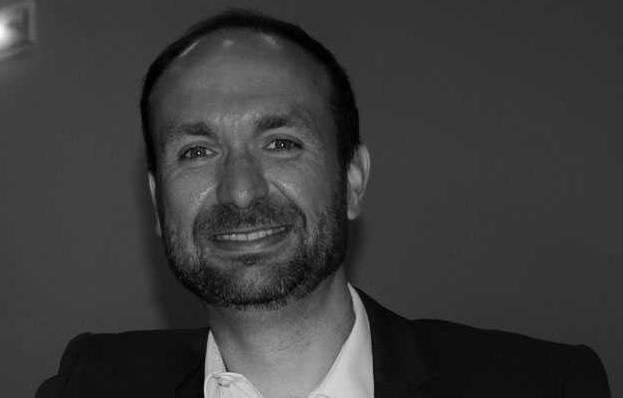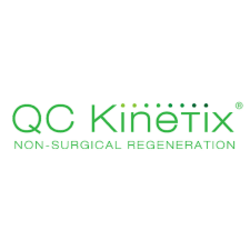There has been substantial research into complementary and alternative (CAM) treatments in recent years, but Chiropractic care and Acupuncture are amongst the treatments with the highest acceptance rates amongst medical professionals. And a growing body of evidence now supports their claimed benefits. In this article we look into the benefits of incorporating Acupuncture into Chiropractic care (chiropractic acupuncture), and how they work together to efficiently treat both musculoskeletal pain and pain associated with the nervous system.
How Do Chiropractors Use Acupuncture?
Chiropractors use Acupuncture to help treat a number of musculoskeletal conditions and pain associated with the nervous system. Complementary and alternative medicine, such as Acupuncture, is used as a non-invasive, drug-free alternative to promote whole-body wellness, whilst targeting specific musculoskeletal pain points, including:
- Neck Pain
- Headaches
- Lower Back Pain
- Sports Injuries
- Tendonitis
- Sciatica
- Osteoarthritis
Are Chiropractic Care and Acupuncture the Same Thing?
Acupuncture and Chiropractic care are two different disciplines, and have very different origins. However, as medical and healthcare professionals, Chiropractors can take accredited Continuing Professional Development (CPD) Acupuncture and dry needling courses to deliver medical Acupuncture and dry needling to their patients, and heighten the effectiveness of their practice.
Chiropractic care is part of a group of therapeutic practices known as complementary and alternative medicine (CAM). Chiropractic care focuses on muscle and joint pain, particularly in the spine. Practitioners of this form of therapy manipulate the spine by applying force to muscles and joints, as well as using other techniques such as short, sharp thrusting movements, pulling and stretching, and gradually moving the joints into different positions to realign the spine and relieve pain.
Acupuncture, on the other hand, is a traditional Chinese medicine (TCM) practice that focuses on promoting the flow of energy (Qi) through meridians in the body. Pain can begin to form when this energy becomes stagnant. Acupuncturists apply needles to specific points in the body located on the meridians to restore the flow of energy and relieve the associated pain. Medical Acupuncture is a Westernized approach to Acupuncture that focuses on stimulating sensory nerves under the skin and within the muscles. The effects are largely the same as those of traditional Chinese Acupuncture, but it is an evidence-based practice where healthcare practitioners rely on physiological knowledge rather than TCM concepts like Qi.
Dry needling should also be considered here, as it is widely used to treat acute onset musculoskeletal conditions. Dry needling is a much more modern practice that focuses on stimulating myofascial trigger points, which causes muscles to twitch and relax. Dry needling can quickly restore range of motion, and reduce a significant amount of pain. However, these results tend to be short-term and dry needling works best when used as a part of a more integral treatment practice.
Why Use Acupuncture with Chiropractic Treatment?
When incorporated into Chiropractic care, Acupuncture can help to encourage the healing process, facilitating adjustments and providing longer-lasting relief. A review from 2016 reported that acupuncture, acupressure, and chiropractic can have a favorable effect on self-reported pain relief and functional limitations, particularly in relation to back pain. Let’s take a closer look at the positive outcomes that acupuncture can bring to Chiropractic practice.
Acupuncture Can Make Chiropractic Adjustments Easier
Acupuncture treatments can help to release endorphins, promote the flow of blood in the body, and reduce inflammation in the affected areas. In doing so, Acupuncture helps the muscles relax and unstiffen. This process of relaxation is a benefit in itself, and can speed up the benefits of Chiropractic care, as adjustments are easier to make on a more agile, relaxed body. Relaxed muscles are also less likely to push the spine back into misalignment post-treatment.
Acupuncture Can Encourage Longer-Lasting Pain Relief
By helping to relax the muscles and make the body less stiff, Acupuncture can deliver longer-lasting benefits than Chiropractic care alone. Stimulating the nerves in the affected area boasts a number of benefits by itself, including stimulating the release of natural painkillers in the body. But, when coupled with Chiropractic care, Acupuncture can assist in readjusting the spine, delivering long-term relief from back pain.
In an article published in Chiropractic Economics, Andria Marie D’Amato, DC states:
“When a patient comes in and they’re in pain, we as Chiropractors can address the function and structure to help them feel better, through increased range of motion or an adjustment and improved nutrition […] When I incorporate Acupuncture as well in the treatment for that acute condition, their outcomes improve in a shorter period of time.”
How Acupuncture and Chiropractic Care Work Together
Chiropractic care is often used in conjunction with other CAM treatments, such as Acupuncture and Massage Therapy, to deliver maximum targeted benefits. Acupuncture and Massage Therapy both help to encourage healthy blood flow and help to reduce inflammation which, when combined with Chiropractic treatments, trigger the body’s reparative abilities.
Ivo F. Waerlop, DC states in an article published by Chiropractic Economics that both acupuncture and Chiropractic care have great synergy: “Both are working on the nervous system…the effects of one sometimes outlast the effects of the other.”
Due to the body’s interconnectivity, combining Acupuncture with Chiropractic can heighten the benefits of Chiropractic care, as the vertebrae is more likely to stay aligned when the body is relaxed. Tight or spasmodic muscles, in the back or elsewhere in the body, have the potential to push the vertebrae back into misalignment, therefore CAM treatments like Acupuncture can help to relax the surrounding muscles, encouraging long-term benefits. Using different paths of treatments can also ensure that a more diverse range of tension and pain points in the body is addressed.
That’s not to say that Acupuncture or Chiropractic care are ineffective on their own. These practices alone may well bring tremendous benefits for the patients, but when combining multiple complementary and alternative medicines in a single treatment plan, practitioners have the ability to treat the body in a more holistic manner, treating not only the affected area, but also possible underlying tensions and issues, helping deliver long-term effects.








